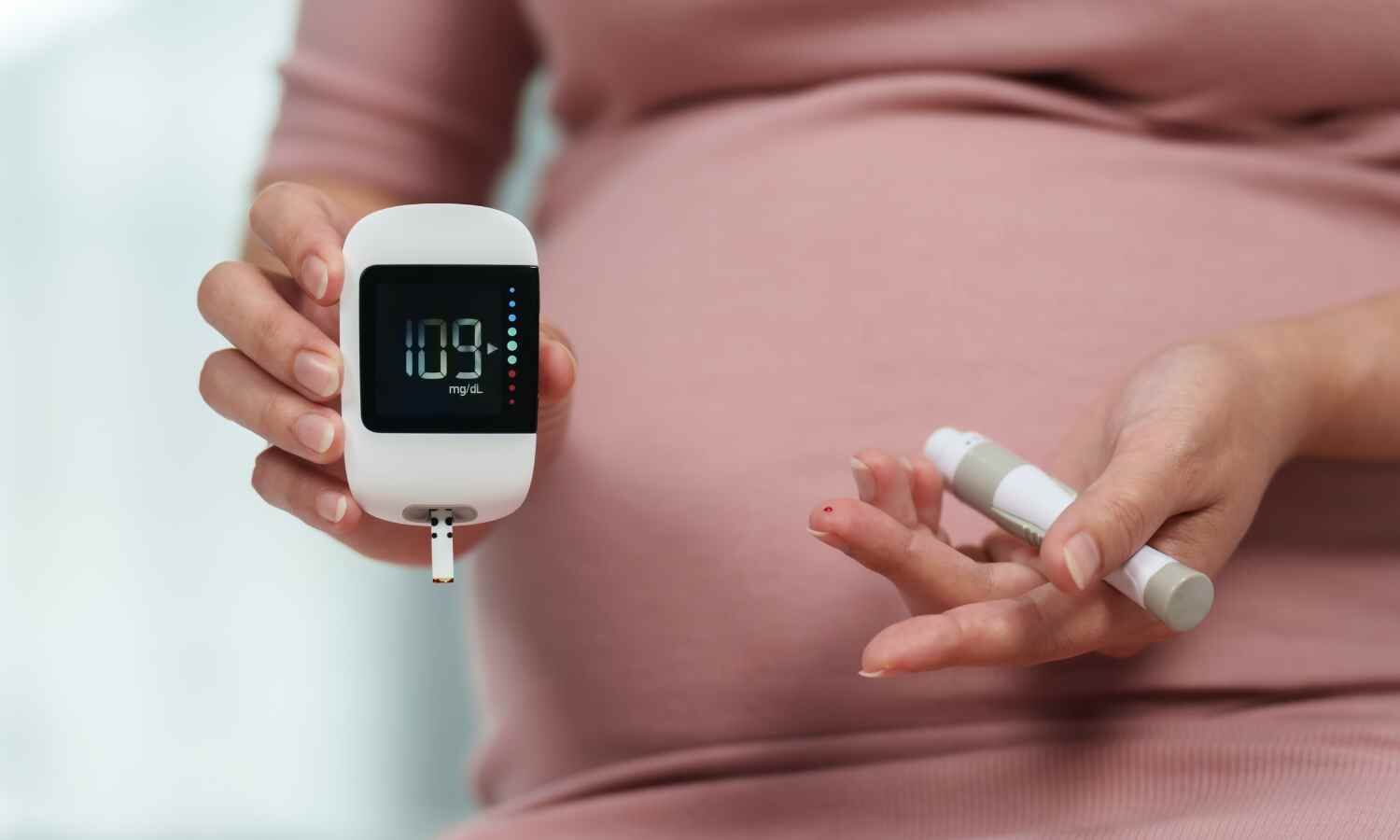September 28, 2025
2 min read
Key takeaways:
- A federal law required all new cars to be equipped with backup cameras after May 2018.
- The mandate was associated with a 62% reduction in backover injuries in a trauma center in Houston.
DENVER — A trauma center reported a sharp decrease in backover injuries among small children after a federal law made backup cameras in cars mandatory, according to a presentation at the AAP National Conference and Exhibition.
“This disproportionately affects small children because they are hard to see,” Natalie A. Drucker, MD, MS, an assistant professor of pediatric surgery at UTHealth Houston, said in a press conference. “They don’t have common sense to get out of the way of a car, and they can be injured really severely by a motor vehicle.”

A federal mandate for backup cameras in cars was associated with a significant decrease in backover injuries among small children, according to a presentation.
In 2014, the U.S. Department of Transportation issued a rule that all new vehicles were required to have backup cameras by May 2018 in an effort to reduce backover injuries.
Drucker said she and her colleagues had noticed an “anecdotal decrease” in backover injuries at their trauma center in the last few years, so they decided to look into it further.
They used electronic health records from the UTHealth Houston trauma center to compare the rate and severity of backover injuries in the 7 years before and after 2018.
Compared with before 2018, they found a 62% reduction in backover injuries (53 vs. 18; RR = 0.38; 95% CI, 0.21-0.66). They also noted that there were fewer severe injuries after 2018 (10 vs. 2).
The researchers recorded only one fatality at their trauma center, so they decided to examine public records to identify children who died from backover trauma but never went to the hospital.
Through that search, they found 19 children who experienced a backover injury between 2011 and 2024 — 13 before 2018 and six after. Of these, 10 children died before 2018 and four died after 2018.
“Overall, we saw a significant decrease in mortalities and injuries after the mandate of rear visibility safety technology, such as backup cameras,” Drucker said.
Drucker said she and her team would like to see a public assistance program to help families install backup cameras in older cars.
“It is about $150 to $200 to put a backup camera in a vehicle,” she said. “If you compare that to the loss of life or a long hospital stay, it’s worth it.”
For more information:
Natalie A. Drucker, MD, MS, can be reached at jeannette.sanchez@uth.tmc.edu.









